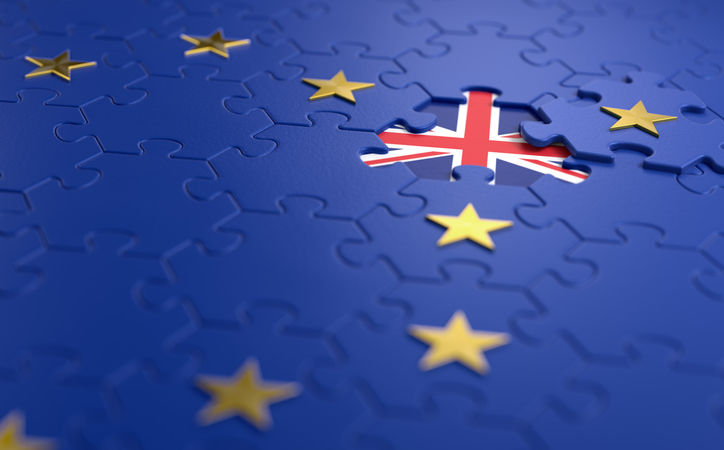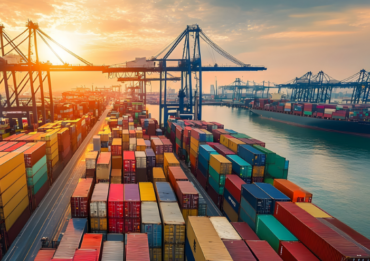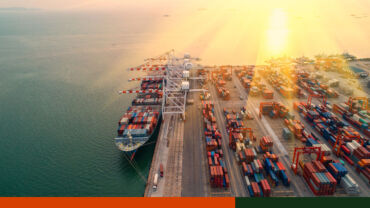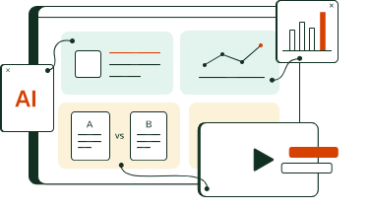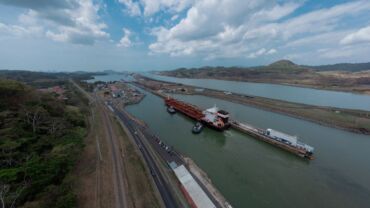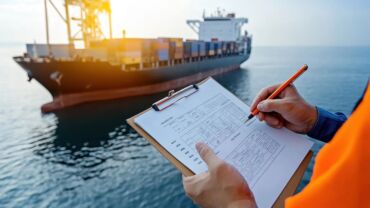As the clock on Brexit continued to wind down, a free trade agreement (FTA) between the United Kingdom and European Union looked increasingly unlikely. Fortunately, a last-minute deal was struck between the UK and EU.
On December 24, 2020, the UK and EU announced that an agreement had been reached allowing originating goods to continue to flow under duty and quota-free conditions after the Brexit transition period ended on December 31, 2020. While the news of the agreement was certainly welcome to traders, there are still numerous post-Brexit trade compliance challenges to contend with. Notably, goods moving between the UK and any EU country are now treated as cross-border transactions, requiring the filing of import and export declarations, effective January 1, 2021.
Brexit implications and uncertainties for global supply chains
Businesses everywhere are grappling with the implications of the UK-EU trade deal, especially companies in the UK and EU whose supply chains and trade routes are intimately connected. Multinationals with manufacturing facilities in the UK are concerned that parts sourced from the EU may suddenly be delayed, more expensive, or no longer available. Other complications could also arise from longer border checks and overwhelmed ports, as well as shortages of food, medicine, fuel, and other commodities.
Such uncertainties are anathema to today’s globally interconnected supply chains, and each affected company must decide for itself how best to adapt to the “new normal” of the post-Brexit landscape.
Changes at the border: New customs procedures for imports and exports post-Brexit
While the UK was in the EU, trade between the two entities was governed by the EU’s Single Market and Customs Union rules, which allowed goods and services to travel between the UK and EU with no customs checks or other border formalities to slow the flow of commerce. Since January 1, 2021, however, the EU has treated the UK like any other outside country and applied Customs Union rules to border activity between the two entities – rules that did not apply to the UK before.
Now that the UK has left the European single market and customs union, businesses must prepare for new customs realities at the UK-EU border for the first time in decades.
These sorts of changes in post-Brexit trade protocols are what prompt so much concern about backups and delays at the borders. In fact, the EU warned all companies doing business with the UK to expect more administrative oversight and significant slowdowns as a result of procedural shifts at EU ports of entry and to anticipate that supply chains running through EU and UK ports could be severely disrupted.
Origin of goods documentation post-Brexit
Prior to Brexit and during the transition, no tariffs or quotas were applied to goods traveling between the EU and UK, so there was no need to determine the “origin of goods” being traded because the UK was accorded “preferential treatment” status under EU Customs Union Rules.
Under the UK-EU agreement, originating goods will benefit from the liberalized market access so long as they satisfy the new rules of origin requirements. If they are not originating in the UK or EU, tariffs would still be payable.
Companies must now calculate the origin of their goods if they trade between the EU and UK, which is a new compliance burden for traders in the region. Similar to other free trade agreements, Regional Value Content (RVC) will need to be calculated, and product-specific percentages must be followed.
This is a major departure from the free circulation of goods between the UK and EU before Brexit. Companies impacted by these new procedures can expect to shoulder a significant additional administrative burden, depending on the complexity and extensiveness of their supply chains. Indeed, trade impediments resulting from new origin of goods content requirements could be onerous enough for companies to consider changing suppliers or even relocating production facilities elsewhere.
Adapting to post-Brexit global trade compliance
Although much attention has been paid to how new taxes and tariffs will affect the cost and availability of goods and services post-Brexit, companies should be aware that the costliest part of doing business across borders is the time and effort it takes to go through border checks, comply with customs rules, and adhere to each country’s individual product standards and regulations.
Companies will also need to invest in the personnel and global trade management technology necessary to remain in compliance across these new regimes. Management will also need to continuously reassess supply chains to understand how the totality of Brexit rule changes are affecting the enterprise’s bottom line.
Qualifying for new or existing agreements with FTA management software
So far, the UK has settled independent FTAs with several individual countries outside the EU, with more in the negotiation phase. Under normal circumstances, FTAs usually take two to three years to negotiate. Even though the UK has successfully negotiated several FTAs at this point, companies should not assume that all of them will be negotiated just as easily. The current number of agreements still does not compare to the 40+ agreements the EU has in place with 70+ countries worldwide.
The bottom line is that it could be years before UK trade relationships stabilize. Companies operating in and with the UK can and should look to available FTAs as a strategy for maximizing duty savings in their global supply chain design.
Qualifying for new or existing FTAs does not need to be overwhelming for supply chain or trade compliance professionals. Automation software, such as ONESOURCE Free Trade Agreement Management, can effectively eliminate the guesswork and labor attached to assessing and managing FTA qualification.
Powerful data analytics tools now allow companies to run compliance scenarios on current and future FTAs – and, if agreements overlap, identify which is more advantageous. Automated functions help companies comply with FTA-specific rules of origin, track suppliers, calculate duties, issue certificates, and provide real-time monitoring of the entire inventory lifecycle. Custom reports can also be run to record FTA-related savings, and documentation for audit support is automatic. Furthermore, a truly global solution not only tracks the implementation and evolution of FTAs around the world automatically, it also helps companies develop a comprehensive strategy for reducing overall duty spend by making the most of all available FTAs.
Despite the manifold benefits of a well-managed FTA program, the fact remains that FTAs are an under-utilized source of supply chain stability and efficiency for the majority of international companies. A comprehensive FTA management software solution can help organizations on the fence develop a systematic approach to FTA adoption.
Visit our Brexit resource hub to learn more. You can also download our free whitepaper, Brexit’s Impact on Global Trade and How Technology Can Help Multinationals Succeed.
